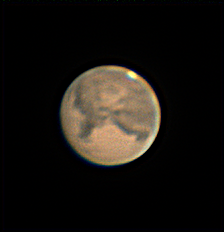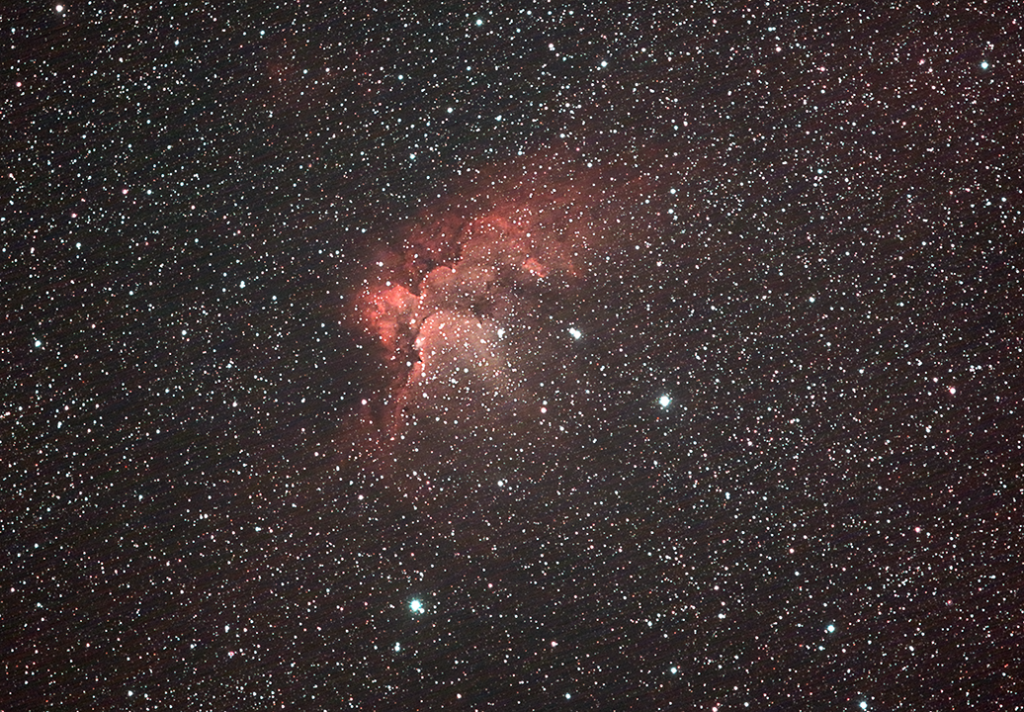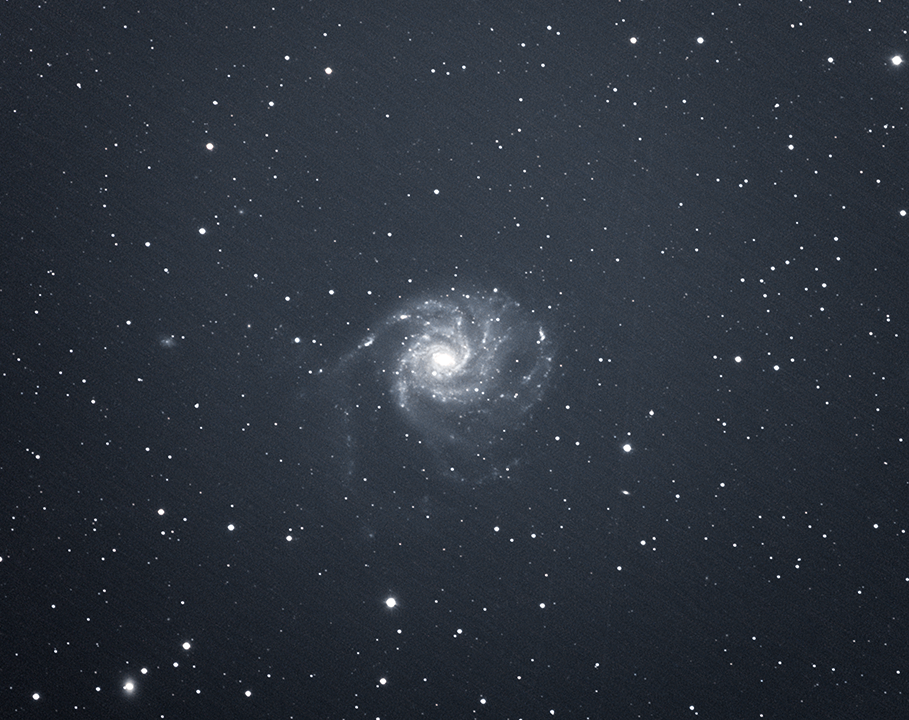Here’s my best Mars since 2015. Over on the left, that area that looks a little like Africa or a hair dryer is Syrtis Major. That is the first documented land feature on another planet. The large roughly circular area between it and the tiny south polar region is, I think, the Hellas Basin.This was taken from the River Ridge Observatory Friday the 2nd with my 11” at f/10 and my ZWO ASI462MC camera. Best 33% of 34,000 frames. Mars was low when I took this, just about 20 degrees above the horizon. I should and will another time wait for it to get higher.



